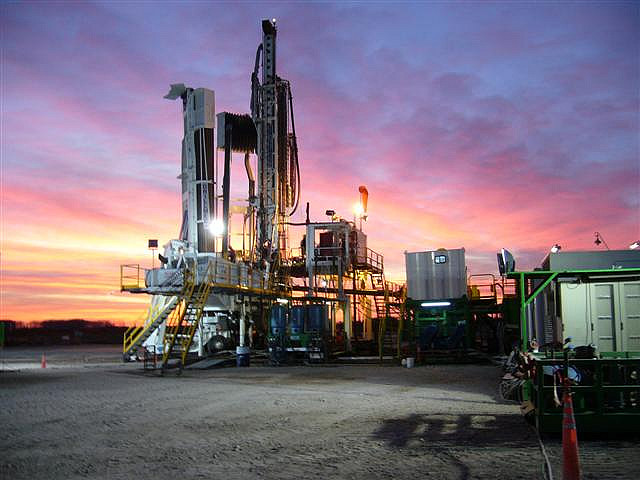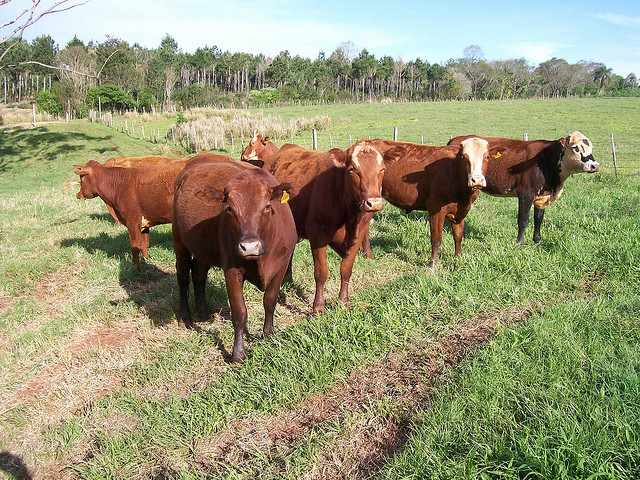The commodity complex has seen a rapid fall since the middle of the 2014 due to global growth concerns, the US dollar rally and continuing overall growth in supply. “I believe prices may be close to bottoming and we could see a cyclical upturn in the first half of 2015”, says Saurabh Lele, Commodities Analyst for the macro strategies group at Loomis, Sayles & Company.
Crude oil
Lele expects crude oil prices to correct in 2015, bringing the Brent Crude Index to $85-95/barrel and the West Texas Intermediate (WTI) to $75-85/barrel by year end. “My opinion is that the current move in crude oil prices is unwarranted. I believe the market is mispricing geopolitical risk, a US supply response and the upcoming global refinery turnaround schedule (periods of refinery closure for maintenance and renewal services)”.
The situation in Libya is still volatile and recent disruptions to oil production are yet to have any impact on prices. Refinery demand in the second half of 2014 was the weakest in five years, not only due to global growth but also due to temporary factors such as closures and maintenance related shutdowns, explains. “The first half of 2015 will see very little maintenance related shutdowns as well as several new refineries initiating operations. Finally, US domestic production will adjust lower as energy and petroleum companies will have less cash to spend in 2015”.
Natural gas
In this case, the analyst expects prices to continue to trade in the $3.75 to $4.25 per mmbtu range (this is the price required for electric consumption to balance the market)
Natural gas seems to have found a comfortable trading range between $3.75 and $4.25 per mmbtu as electric utilities switch between natural gas and coal. Inventories, which were down significantly after the severe winter in early 2014, have built up steadily over the course of a cooler-than-usual summer. “In 2015 we are likely to see higher demand for natural gas due to higher industrial consumption, exports to Mexico and the start of LNG exports from the new Sabine Pass terminal in Texas”, argues.
Copper
Loomis, Sayles & Company expects copper to stay in a slight surplus after which supply growth is expected to slow and fall behind demand.
Inventories at the exchange and bonded warehouses are low and a slight pickup in demand could result in prices moving higher. “Over the next two quarters, we could see demand improve from higher grid spending in China, which has lagged its budgeted number year-to-date”, says Lele.
Iron ore
“Prices could correct and move up to the $80-90 per metric tonne range by the second half of 2015. Longer-term I believe iron ore prices to remain in $80-$90 range”, affirms Lele.
“The fall in prices exceeds what fundamentals would dictate – I believe the decline is being driven by de-stocking/restocking cycles. Demand should improve after the APEC (Asia-Pacific Economic Cooperation) summit in November as steel makers restart mills near Beijing”. Ore inventories at ports have fallen between 7-10% since their June highs, indicating low but stable demand. Iron ore inventories at steel mills are also close to their 2012 lows.
Thermal coal
He expects global thermal coal prices to stay in the $70-75 per metric tonne range over the next year due to weak demand is likely to persist with the only bright spot being medium-term Indian coal. “I see strong supply growth from Indonesia and Australia in the near-term; the impact of the thermal coal import tax is expected to be minimal as Indonesia and Australia are exempt due to their respective free-trade agreements with China”.
Gold
The firm expects gold prices to fall to $1,000/oz over the next two years. “Resilient mine supply and lower demand from China and India should push prices lower. I expect the Indian gold export tax to continue until the end of 2015 as well as Chinese demand for jewelry to remain subdued as anti-corruption sentiment reduces the demand for luxury goods. ETF selling is expected to continue as real rates move higher and inflation/deflation present no major concerns at this time”, enunciates.




 For Fórmate a Fondo
For Fórmate a Fondo